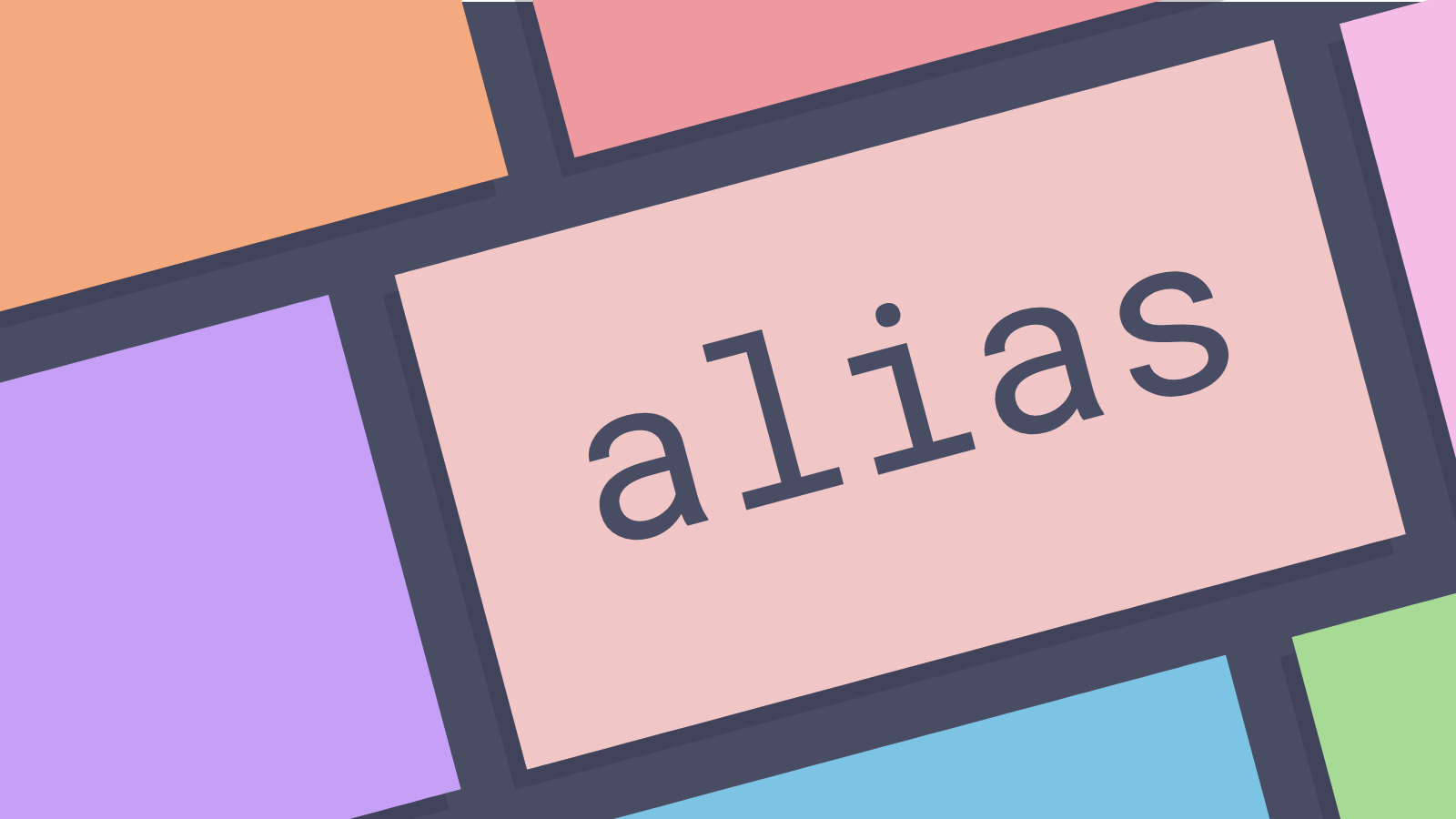Are you tired of typing long commands in the terminal? ZSH, a popular shell for Unix systems, offers a solution called aliases to make your life easier. By setting up aliases, you can execute complex commands with just a few keystrokes!
This guide will show you how to configure and use aliases in ZSH, simplifying your command line tasks.
What are Aliases in ZSH?
Aliases in ZSH are shortcuts or nicknames for longer commands. They help you save time and reduce typing errors by allowing you to use simple, memorable commands instead of lengthy ones.
How to Configure Aliases in ZSH
Step 1: Access Your ZSH Configuration File
Open your terminal and type:
nano ~/.zshrc
his command opens your ZSH configuration file in the nano text editor.
Step 2: Add Aliases to Your Configuration File
In the .zshrc file, scroll to the end and add your desired aliases in the format:
alias newcommand='originalcommand'
alias update='sudo apt update'Step 3: Save and Exit
After adding all your aliases, press CTRL+X to exit, and press Y to save changes.
Step 4: Apply the Changes
To make the new aliases work, type in the terminal:
source ~/.zshrc
This command reloads your ZSH configuration, activating the new aliases.
Conclusion
Setting up aliases in ZSH can greatly improve your productivity by reducing the time spent on repetitive commands. With the simple steps outlined above, you can start creating your own aliases and experience a more efficient command line workflow.
Important Tips:-
- Check your aliases: Regularly review your aliases to ensure they still serve your needs and don’t conflict with new commands.
- Group related aliases: Organizing aliases by function can help you remember and manage them better.
Frequently Asked Questions
Q1- What is ZSH?
– ZSH is an extended Bourne shell with many improvements, including features from other shells. It is well-known for its user-friendly features and customization.
Q2- Can I use aliases in other shells?
– Yes, most Unix-like shells support aliases, but the setup might differ slightly.
Q3- How do I remove an alias in ZSH?
– To remove an alias, simply delete the line from your .zshrc file and reload the configuration.
Q4- Do aliases work in scripts?
– No, aliases are typically not expanded in scripts unless explicitly enabled.
Q5- Can I make aliases permanent?
– Yes, by adding them to your .zshrc file as shown above, aliases become permanent until you remove them.
Also Read:
